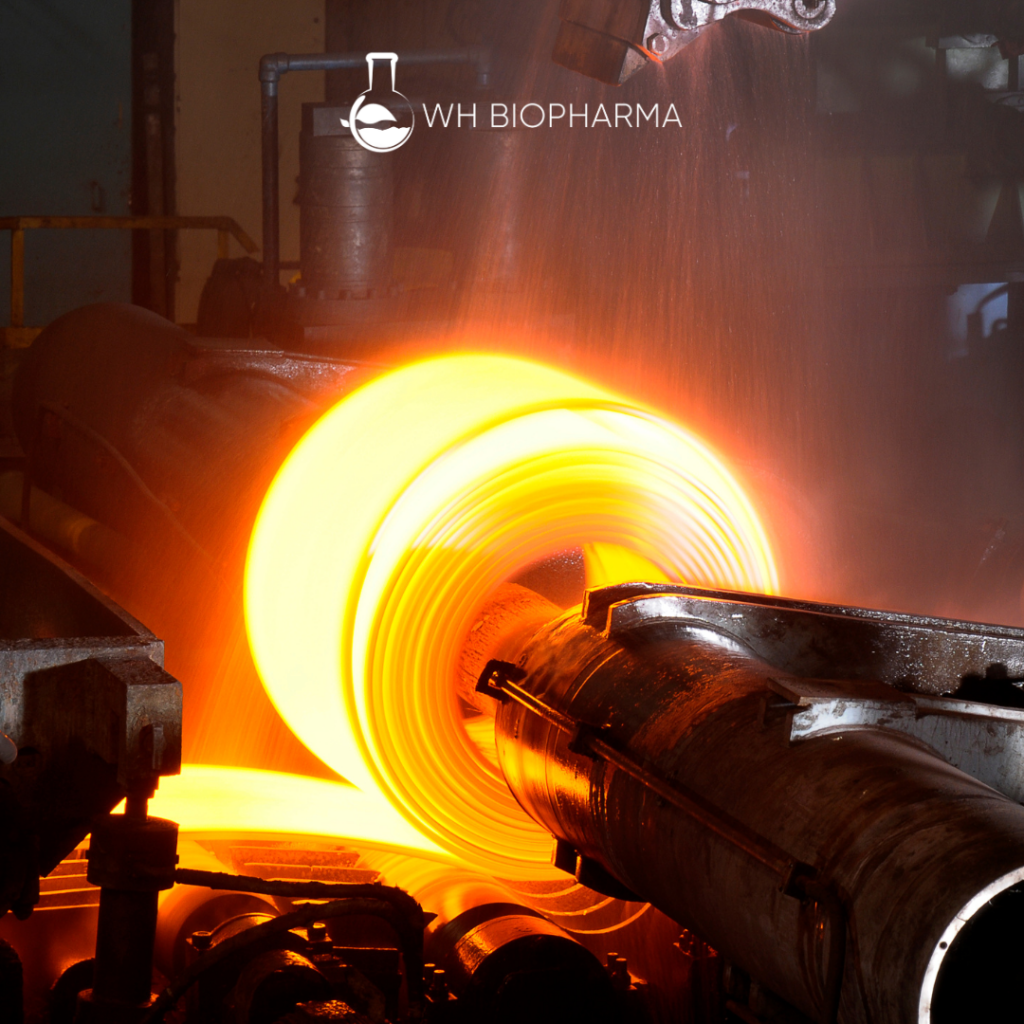Additive manufacturing, commonly known as 3D printing, has emerged as a transformative force in the manufacturing industry, challenging traditional methods and opening new possibilities.
As the additive manufacturing industry continues to evolve, several key industry trends are shaping the future of materials used in the process, influencing everything from production costs to environmental sustainability.
Rise of Sustainable Materials
Sustainability is at the forefront of modern manufacturing trends, and additive manufacturing is no exception. Traditional manufacturing methods often generate significant waste, but 3D printing allows for more precise material usage, reducing environmental impact.
Sustainable materials like polylactic acid (PLA), derived from renewable resources, are gaining traction, offering a more eco-friendly alternative.
Traditional manufacturing methods often result in significant waste, high energy consumption, and a reliance on materials with substantial environmental footprints. In contrast, additive manufacturing allows for more precise material usage, minimizing waste streams and reducing the overall environmental impact.
The rise of sustainable materials aligns seamlessly with the growing global awareness of the need for eco-friendly manufacturing practices.
Digital Workflows and Supply Chain Disruption
The digital nature of additive manufacturing allows for the creation of digital inventories and on-demand production, disrupting traditional supply chains. This shift from mass production to more distributed manufacturing models simplifies supply chains, minimizing the need for extensive inventories and reducing the risk of disruptions.
Digital manufacturing workflows also enable the rapid prototyping of new products and spare parts, getting them to market faster.
One of the most impactful trends in additive manufacturing is its ability to disrupt traditional supply chains. Traditional manufacturing methods often involve large-scale production, extensive warehousing, and complex logistics. Additive manufacturing technology, however, allows for distributed manufacturing models, minimizing the dependency on centralized production facilities.
The simplification of supply chains is particularly noteworthy. Additive manufacturing companies are adopting more agile approaches, producing smaller batches of products tailored to specific demands. This shift not only reduces lead times but also addresses the challenges posed to companies by supply chain disruptions, as production can be swiftly adapted to changing circumstances.
Reduced Production Costs and Times
Advancements in additive manufacturing methods, such as fused deposition modeling and serial production techniques, are contributing to the reduction of production costs and times.
Companies are leveraging these technologies to achieve small batch production efficiently, offering manufacturers a competitive advantage in certain industries.
Post-Processing and Material Management
While additive manufacturing has made great strides, post-processing remains a critical aspect. Innovations in post-processing techniques are enhancing the final products’ quality and appearance.
Additionally, improved material management systems are being developed to ensure the efficient use of materials throughout the manufacturing process, minimizing waste streams.
Widespread Adoption and Education
Over the past few years, additive manufacturing has witnessed more widespread adoption across many industries. To continue this momentum, education and specific courses on additive manufacturing are becoming vital.
As companies invest in the technology, employees with in-depth knowledge of additive manufacturing processes and materials will play a vital role in driving innovation.
Shift Towards Flexible Electronics
The additive manufacturing world is witnessing a shift towards the production of flexible electronics. This innovation enables the creation of electronic components with unique form factors, expanding the possibilities for applications in various industries, including healthcare and wearables.
Materials Innovation for Specific Industries
One of the key trends in additive manufacturing is the development of materials tailored for specific industries. For instance, in aerospace and automotive sectors, there is a growing demand for materials with exceptional mechanical properties.
Metal additive manufacturing, including processes like selective laser sintering, is gaining prominence in these industries due to its ability to produce components with complex geometries and high strength.
Aerospace: Crafting the Future of Flight
In the aerospace industry, where lightweight yet durable materials are paramount, additive manufacturing is a game-changer. Traditional manufacturing methods often struggle to produce components with complex geometries while maintaining structural integrity. Enter metal additive manufacturing, particularly techniques like selective laser sintering. These methods allow for the creation of intricately designed, high-strength components, reducing overall weight and contributing to fuel efficiency in aircraft.
Moreover, the aerospace sector is exploring advanced alloys and composites specifically designed for additive manufacturing processes. The focus is not only on mechanical properties but also on heat resistance and the material science ability to withstand extreme conditions. This materials innovation is not merely an evolution; it’s a revolution that is reshaping the very architecture of flight.
Healthcare: Personalizing Medicine with 3D-Printed Biomaterials
In healthcare, the marriage of 3d printers, additive manufacturing and materials innovation is giving rise to a new era of personalized medicine. 3D printing allows for the creation of patient-specific implants and prosthetics, perfectly tailored to individual anatomies. The use of biocompatible materials, such as bioresorbable polymers, is expanding the possibilities for medical device manufacturing.
Furthermore, the development of 3D-printed biomaterials is revolutionizing tissue engineering. Researchers are exploring the creation of artificial organs and tissues using additive manufacturing, opening up avenues for organ transplantation and regenerative medicine. The intersection of 3d printing, materials science and healthcare is fostering groundbreaking innovations that have the potential to transform lives.
Automotive: Accelerating Performance with Advanced Materials
In the automotive industry, the emphasis is on enhancing performance and fuel efficiency. Additive manufacturing allows for the production of components with optimized geometries, reducing weight without compromising strength. This demand has led to the exploration of high-performance materials, including advanced polymers and metal alloys, specifically tailored for 3D printing.
Additionally, the automotive sector is leveraging additive manufacturing for rapid prototyping and the production of customized components. From interior trims to complex engine parts, the ability to use new materials and that meet specific requirements is reshaping the way vehicles are designed and manufactured.
As we look ahead to the next five years, additive manufacturing is set to play an increasingly vital role in the evolution of manufacturing industries worldwide. The industry’s future lies in the continuous exploration of new materials, streamlined digital workflows, and the adoption of sustainable practices.
With ongoing developments, additive manufacturing is not just a technology; it’s a catalyst for change, offering new solutions to age-old manufacturing challenges.







